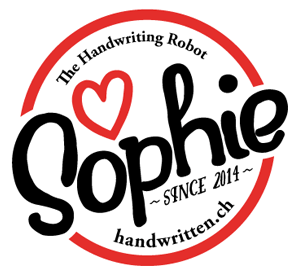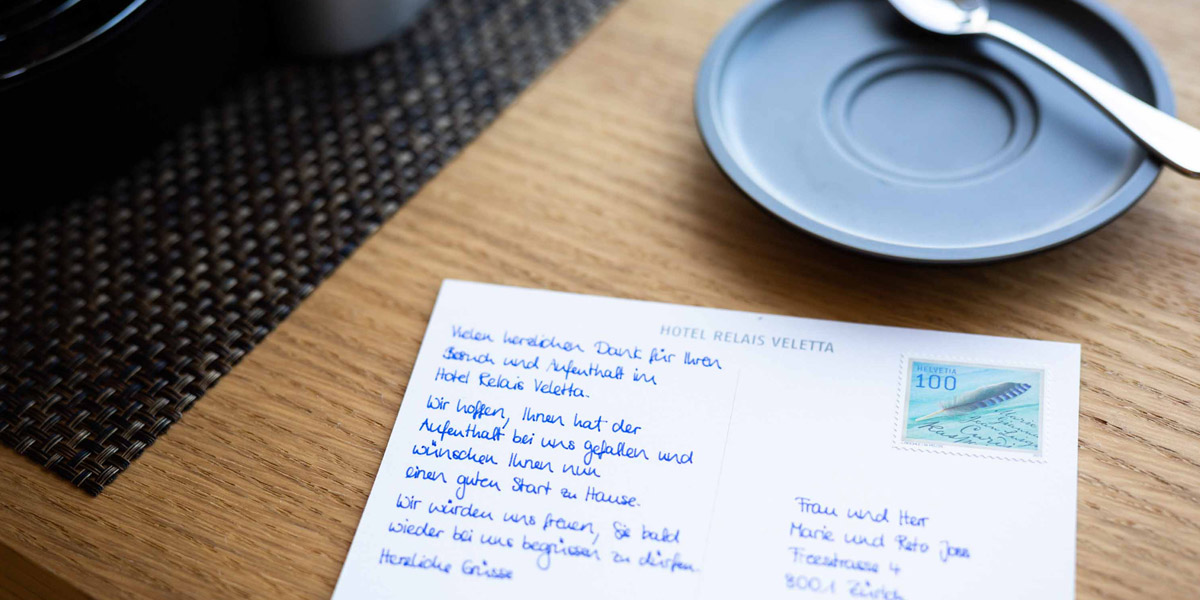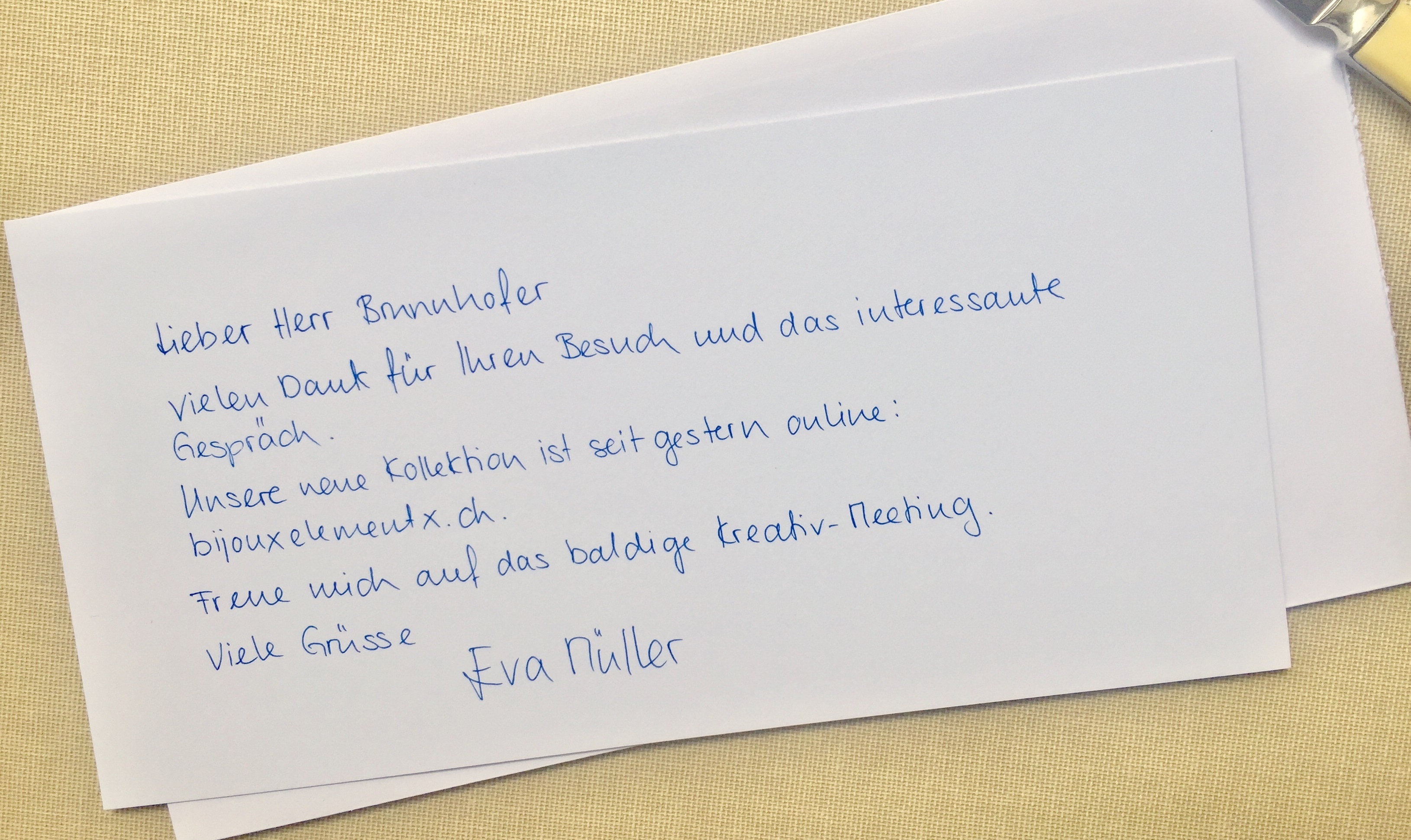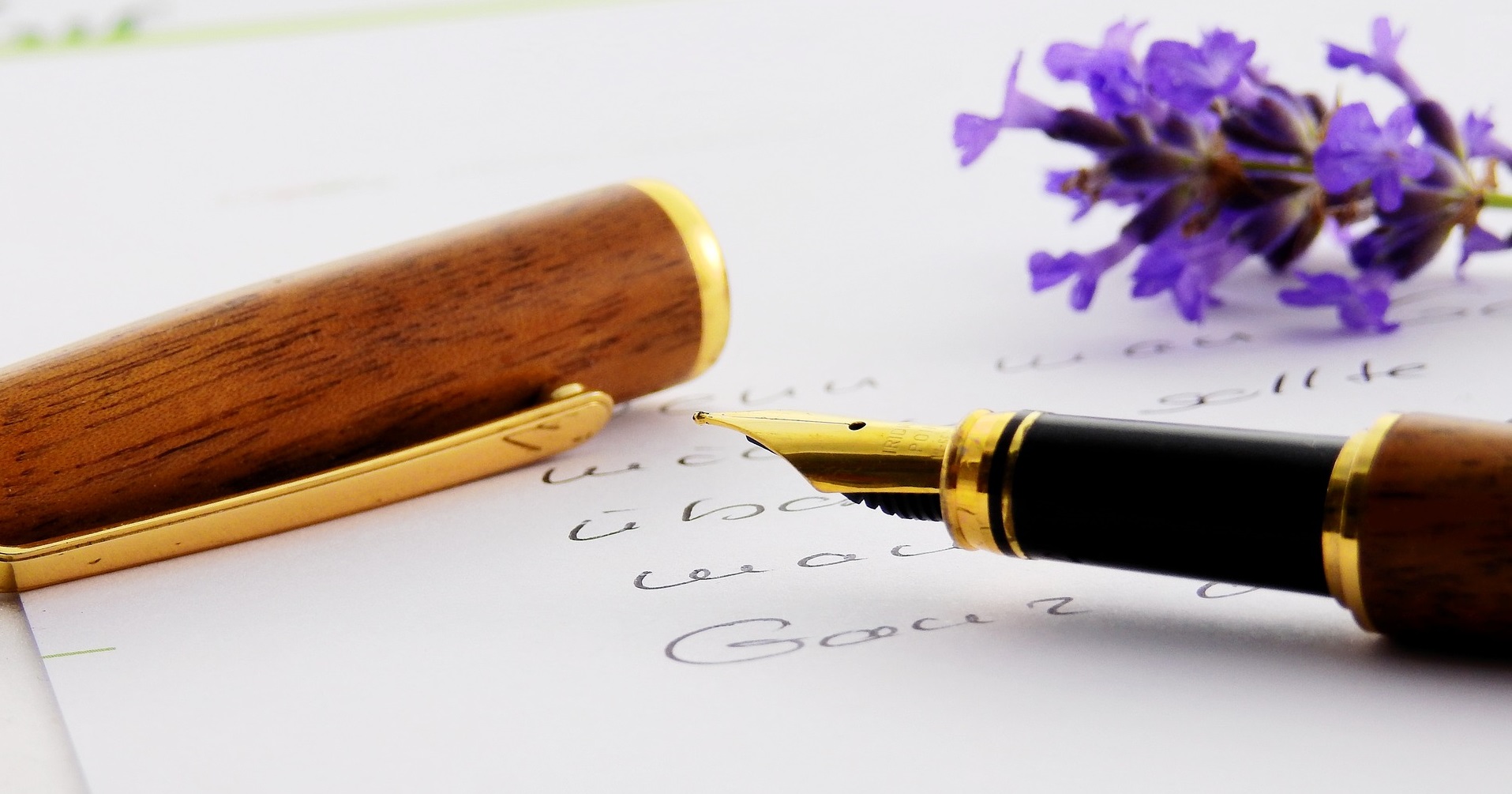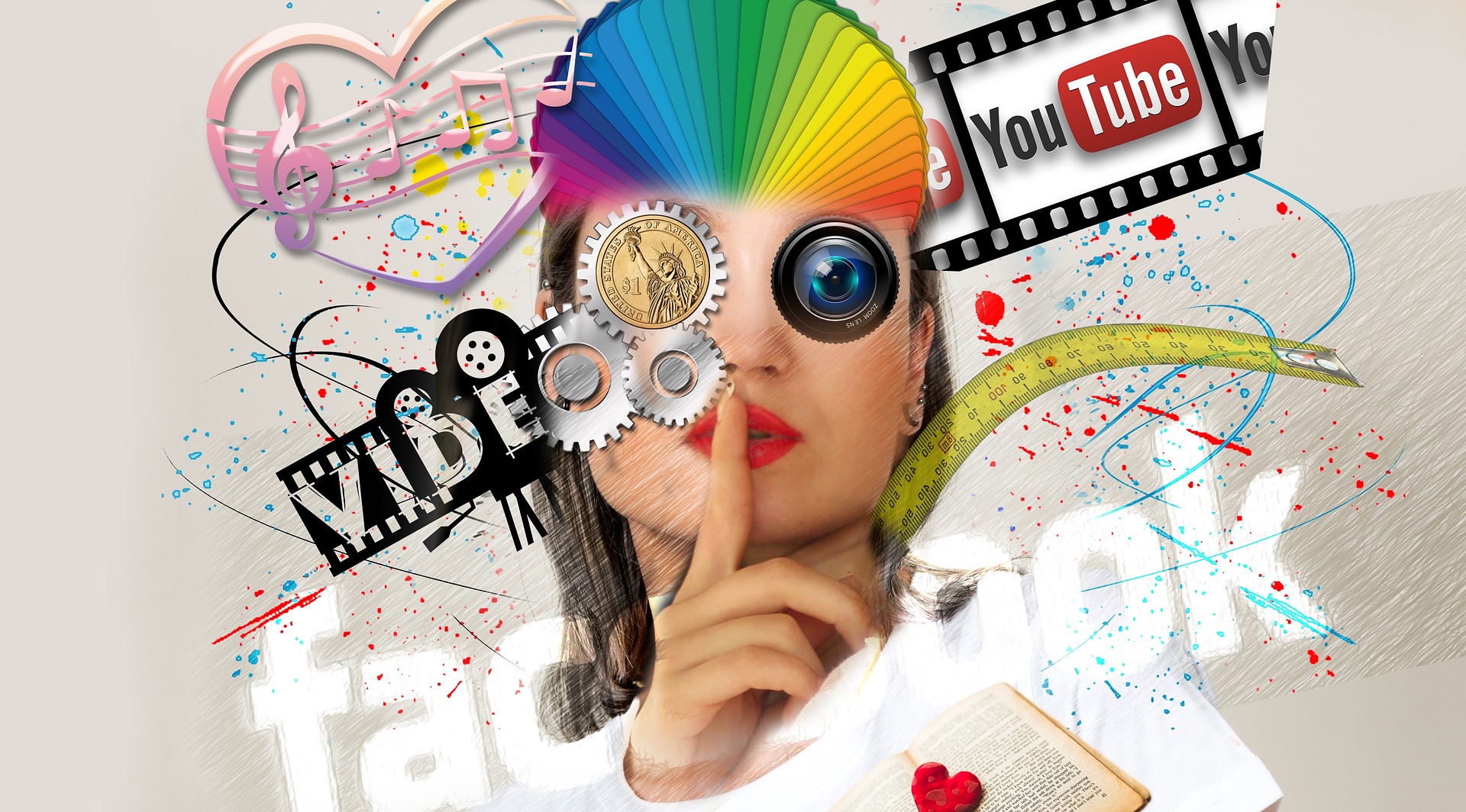Is it time to detox from the digital? Have we reached a point where we think of the digital as something toxic that could hurt or even kill us? But what is “the digital” anyway? And isn’t all our technical, social and economic progress attributable to “digitization”?
Perhaps we should first clarify what about digitization is useful to us and what is harmful. This, on the other hand, is in the eye of the beholder because “the digital” is often equated with a form of communication: Either people communicate with each other or systems communicate. Or people communicate with systems.
But there is always a transmitter and a receiver – just like with “traditional” communication. The fact is especially people in occupations that involve a high degree of digitization feel stressed, overwhelmed and burned out. And that much more often than people who earn their living with less digitally oriented activities.
But we all have free time.
And whether a geriatric nurse or a top manager: Our new digital companions never leave our side. Many even say they’ve replaced real life for us. On average, we glance at our smartphones 88 times – every day! Of course, this technology offers enormous advantages that we don’t have to list here. In many cases, digitization has made our communication easier or made it possible in the first place.
As is often the case, the downside is less apparent. Our constant attention to our smartphones, tablets and PCs equates to constant accessibility. We pay for the many benefits of the digital world with the most precious thing we have: our time.
Is there no escape?
Unable to resist and as if on autopilot, we’ve all become “smombies” (smartphone zombies) in recent years: Eyes lowered, completely, isolated and out of touch with real life, we’re lost in the apps and browsers on our smartphones.
New clinical pictures have emerged: Today you can suffer from “nomophobia,” the fear of not being reachable on your smartphone. Are things really that bad?
Even apocalyptic? “Sola dose facit venenum!” said Theophrastus Bombast von Hohenheim (Paracelsus) in the 16th century. The dose makes the poison, and whether it helps or kills a person depends solely on the amount of the substance administered.
Does this also apply to our digital lives?
Is it enough for us to become aware of what we want to sacrifice our precious time for rather than freely surrendering it to social media platforms, newsletters and video portals? So before we sign up for massively overpriced detox seminars where we’re supposed to get back to our roots (but have to book and pay for the self-discovery trip online), we could start by becoming aware of how we want to spend our time – and whether it may be worthwhile to consciously integrate a retreat (however small) from the digital to the analogue world into our daily lives.
A world in which we’re not overwhelmed by hundreds, if not thousands, of advertising messages every day. Advertising that is so well hidden we barely perceive it as such.
A world in which new messages aren’t constantly announced on our smartphones with loud beeping and buzzing sounds. A world in which our phones don’t ring every few minutes and the email client doesn’t alert us of new mail around the clock.
A world in which, just for a moment, we can find our way back to the “good old” way of communicating. Without constant urgency, beeping and buzzing. With a sender who leaves it up to us when we want to be receptive to the message.
What if…
For example, when did you last receive a handwritten letter? Deliberately sit down to open, read and answer it? Wouldn’t it be nice to experience that again? Maybe it’s not so much detox that we all need.
Maybe it’s enough to decelerate our digital lives by consciously embracing what really matters?
